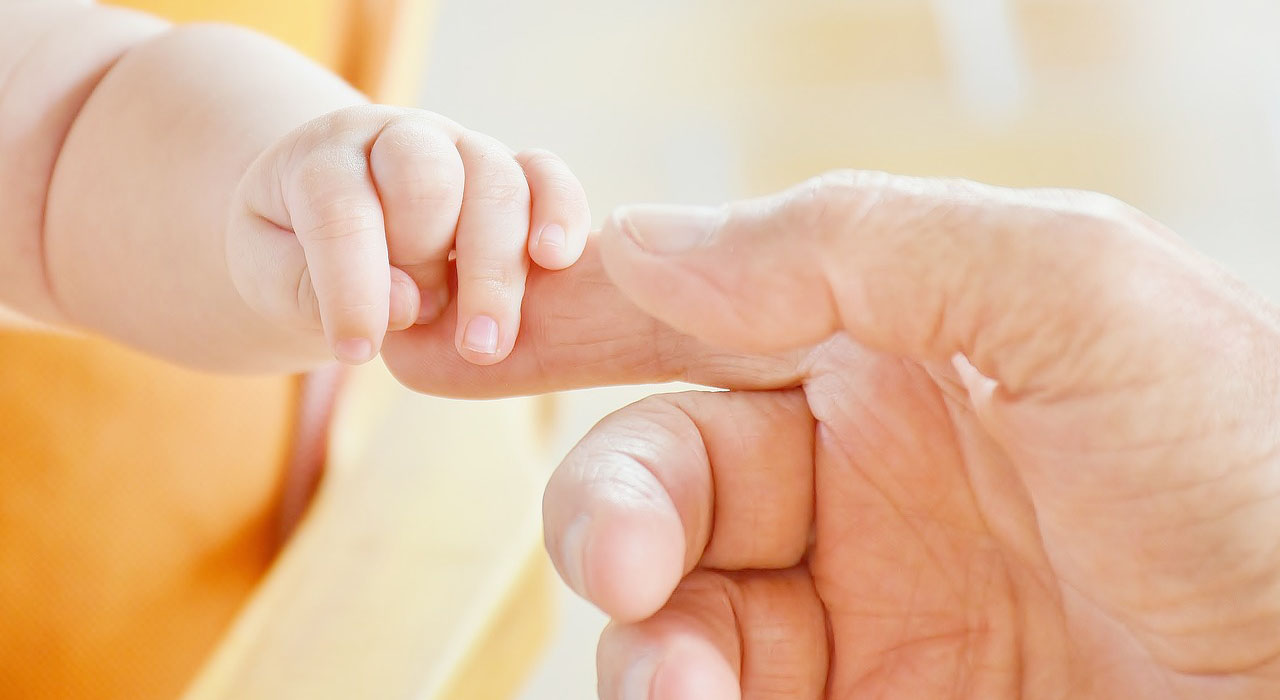Montessori’s sensitivity stages describe critical learning stages in child development starting from birth.
Before going into the details of these stages, we can examine the discovery of Hugo de Vries, a botanist and biologist, as an illustrative example;
De Vries did research on maggots, which should only be fed with buds at the very ends of the branches. Butterflies place the cocoons in the inner parts of the tree that are the most sheltered. The maggost that are leaving the cocoon move up to the far end of the branches with the effect of light and feed on buds. Maggots are very sensitive to light and move to the end of the branches where the sun’s rays are the strongest. However, when their nutrition changes to a different stage, the sensitivity of maggots to light also decreases and they lose their sensitivity to light. Therefore, this instinct which fulfills its mission is lost. These sensitive stages are similarly involved in child development, and the sensitivity of children to certain subjects at certain stages then gets lost and does not come back.
Sensitivity phase is a strong instinct intented for learning in the child. It is temporary and limited by obtaining a specific ability. Sensitivity is also lost if the stage is over even if this capability is not achieved. Each sensitive phase is a special kind of instinct that motivates children to explore issues and relationships in their environment.
According to Montessori, children, in the period of sensitivity, gain information not directly through their minds but through their senses. For this reason, information should be given to the child in this period by means of materials rather than direct narration.
Maria Montessori defines 11 different sensitivity stages from birth to 6 years of age;
Movement (0-1 years)
Children are born with limited movement control, but quickly gain both rough and fine motor control. When they learn to use their bodies, they also improve their cognitive abilities. Between 0-1 years of age is the range when the acquisition of grasping, touch, rotation, balance, walking and crawling is the highest.
Language (0-6 years)
This innate sensitive period facilitates language acquisition for children under six years of age. In this process, children first use monotonous sounds and discover their own sounds. They begin to form sentences with words and words groups in this phase with the feature of absorbing mind from the conversations and communication in the environment. The most important point in this phase is to communicate with children in a clean and clear language.
Small Objects (1-4 years)
Children in this period experience a period of intense sensitivity for small objects. This interest allows the development of fine motor control and gripper clutch. The foundations of writing and other important skills develop with this period of sensitivity. Maria Montessori states that hands are intelligence tools, therefore fine motor development takes an important place in the development of intelligence.
Order (2-4 years)
Children have an innate need for order. This is a deep psychological need for them. Many parents are not aware of this need. However, research has repeatedly proved that the child’s desire for inner order is active. In addition, some of the rebellious attitudes in children are actually the child’s reaction to disorder, which children have a consistent desire for the routines that are formed in this period.
Music (2-6 years)
During this period, children tend to learn rhythm, melody and more. Music develops brain, provides academic, social and emotional growth.
Elegance and Gentleness (2-6 years)
Adults are taken as models for courtesy, grace and kindness issues for children. Children are very sensitive to the behavior of their parents and other adults during this period.
Elaborateness of the senses (2-6 years)
Children learn more easily and effectively with practical, physical sensations, not just by watching or listening to a lesson. This is due to the sensitive period that Montessori calls ”a special period for the senses”. The senses of feeling, smell, and taste reach the fastest development in this period.
Writing (3-4 years)
Maria Montessori discovered that the writing came before reading. Early literacy development is related to the preparation of the child’s mind. Young children are open to the right information at the right time. When lessons, materials and activities are prepared for children, learning to read and write is a natural, continuous progress.
Reading (3-5 years)
Children can learn to read through writing. Reading aloud to children helps them develop their own reading skills.
Spatial Relations (4-6 years)
It is the stage where children perceive the world they live in. They comprehend the knowledge starting from their rooms and extending to the universe at this stage. The realationships they create between areas and their ability to find neighborhood, environment and their ways develop.
Mathematics (4-6 years)
Maria Montessori believed that children had a innate mathematical mind and that a prepared environment naturally stimulated mathematical thinking. The introduction of mathematics in this phase helps the child to create meaningful associations with arithmetic. Because mathematics is an abstract and different language, it has an important role in the mental development and arithmetic intelligence of the child.
